
A blog focusing on 1/64 diecast from such popular brands as Hot Wheels, Matchbox, Johnny Lightning, M2 Machines, GreenLight, Tomica, Yat Ming, Majorette, MotorMax, Siku, Corgi, Guisval, Playart, Ertl, Zylmex, Racing Champions, & many more. Swifty's Garage features a daily Car Of The Day and news updates from your favorite brands!
Sunday, January 9, 2011
Car Of The Day: January 9, 2011
Today's car of the day is Zylmex's 1986 Mazda RX-7.
The Mazda RX-7 is a sports car by the Japanese automaker Mazda. It was produced from 1978 to 2002. The original RX-7 featured a 1146 cc twin-rotor Wankel rotary engine and a sporty front-midship, rear-wheel drive layout. The RX-7 was a direct replacement for the RX-3 (both were sold in Japan as the Savanna) and subsequently replaced all other Mazda rotary cars with the exception of the Cosmo.
The original RX-7 was a sports coupé. The compact and lightweight Wankel engine (rotary engine) is situated slightly behind the front axle, a configuration marketed by Mazda as "front mid-engine". It was offered as a two-seat coupé, with optional "occasional" rear seats in Japan, Australia, the United States, and other parts of the world. These rear seats were initially marketed as a dealer-installed option for the North American markets.
The RX-7 made Car and Driver magazine's Ten Best list five times. In total, 811,634 RX-7s were produced.
For more information and pictures of the real car please visit: Mazda RX-7
The second generation RX-7 received a lot of love in 1/64, unfortunately most of the castings (including the Tomica effort!) are horrible. The best is Maisto, followed by Jada (which is more like 1/50, which is the only reason it isn't #1), and then probably this Zylmex.
The Series 4 (1986–1988) was available with a naturally aspirated, fuel-injected 13B-VDEI producing 146 hp (108 kW). An optional turbocharged model, known as the Turbo II in the American market, had 182 hp / 185 ps (135 kW). The Series 5 (1989–1992) featured updated styling and better engine management, as well as lighter rotors and a higher compression ratio, 9.7:1 for the naturally aspirated model, and 9.0:1 for the turbo model. The naturally aspirated Series 5 FC made 160 hp (119 kW), while the Series 5 Turbo made 200 hp / 205 ps (147 kW).
The second generation RX-7 ("FC", VIN begins JM1FC3 or JMZFC1), still known as the Savanna RX-7 in Japan, featured a complete restyling reminiscent of the Porsche 944 or Porsche 924. Mazda's stylists, led by Chief Project Engineer Akio Uchiyama, focused on the Porsche 944 for their inspiration in designing the FC because the new car was being styled primarily for the American market, where the majority of first generation RX-7's had been sold. This strategy was chosen after Uchiyama and others on the design team spent time in the United States studying owners of earlier RX-7's and other sports cars popular in the American market. The Porsche 944 was selling particularly well at the time and provided clues as to what sports-car enthusiasts might find compelling in future RX-7 styling and equipment. While the SA22/FB was a purer sports car, the FC tended toward the softer sport-tourer trends of its day. Handling was much improved, with less of the oversteer tendencies of the FB. The rear end design was vastly improved from the FB's live rear axle to a more modern, Independent Rear Suspension (rear axle). Steering was more precise, with rack and pinion steering replacing the old recirculating ball steering of the FB. Disc brakes also became standard, with some models (S4: GXL, GTU, Turbo II, Convertible; S5: GXL, GTUs, Turbo, Convertible) offering four-piston front brakes. The rear seats were optional in some models of the FC RX-7, but are not commonly found in the American Market. Mazda also introduced Dynamic Tracking Suspension System (DTSS) in the 2nd generation RX-7. The revised independent rear suspension incorporated special toe control hubs which were capable of introducing a limited degree of passive rear steering under cornering loads. The DTSS worked by allowing a slight amount of toe-out under normal driving conditions but induced slight toe-in under heavier cornering loads at around 0.5 G's or more; toe-out in the rear allows for a more responsive rotation of the rear, but toe-in allowed for a more stable rear under heavier cornering. Mazda also introduced Auto Adjusting Suspension (AAS) in the 2nd generation RX-7. The system changed damping characteristics according to the road and driving conditions. The system compensated for camber changes and provided anti-dive and anti-squat effects. The Turbo 2 uses a turbo charger with a twin scroll design. Engineered to cancel the turbo lag at low engine speeds is the smaller primary chamber. At higher revolutions the secondary chamber is opened pumping out 33% more power than the naturally aspirated counterpart. The Turbo 2 also has an air-to-air intercooler that has its own intake on the hood.
Though about 80 lb (36 kg) heavier and more isolated than its predecessor, the FC continued to win accolades from the press. The FC RX-7 was Motor Trend's Import Car of the Year for 1986, and the Turbo II was on Car and Driver magazine's Ten Best list for a second time in 1987.
In the Japanese market, only the turbo engine was available; the naturally-aspirated version was allowed only as an export. This can be attributed to insurance companies penalizing turbo cars (thus restricting potential sales). This emphasis on containing horsepower and placating insurance companies to make RX-7's more affordable seems ironic in retrospect. Shortly after the discontinuance of the second generation RX-7's in 1992, an outright horsepower "arms race" broke out between sports car manufacturers, with higher and higher levels of power required to meet buyer demands. This rising horsepower phenomena arose from the US CAFE standards remaining stable while engine technologies marched forward rapidly.
Mazda sold 86,000 RX-7's in the US alone in 1986, its first model year, with sales peaking in 1988.
Australian Motors Mazda released a limited run of 250 'Sports' model Series 4 RX-7's; each with no power steering, power windows or rear wiper as an attempt to reduce the weight of the car. In Japan, there was a special limited release of the FC called Infini with only 600 made for each year. Some special noted features for all Infini series are: infinity logo on the back, upgraded suspension, upgraded ECU, higher horsepower, lightened weight, 15" BBS aluminum alloy wheels, Infini logo steering wheel, aero bumper kits, bronze colored window glass, floor bar on the passenger side, aluminum bonnet with scoop, flare and holder. The car was thought as the pinnacle of the RX-7 series (until the FD came out). The Infini IV came with other special items such as black bucket seats, 16" BBS wheels, Knee pads, and all the other items mentioned before. There are differing years for the Infini, which noted the series. Series I was introduced in 1987, Series II was introduced in 1988, Series III was introduced in 1990, and Series IV was introduced in 1991. Series I and II came in White or Black, Series III came in Forest Green only, and Series IV came in Forest Green or Noble Green. There are only minor differences between the series, the biggest change which was from the Series II being an S4 (1986–1988) and the Series III and IV being an S5 (1989–1991).
Subscribe to:
Post Comments (Atom)
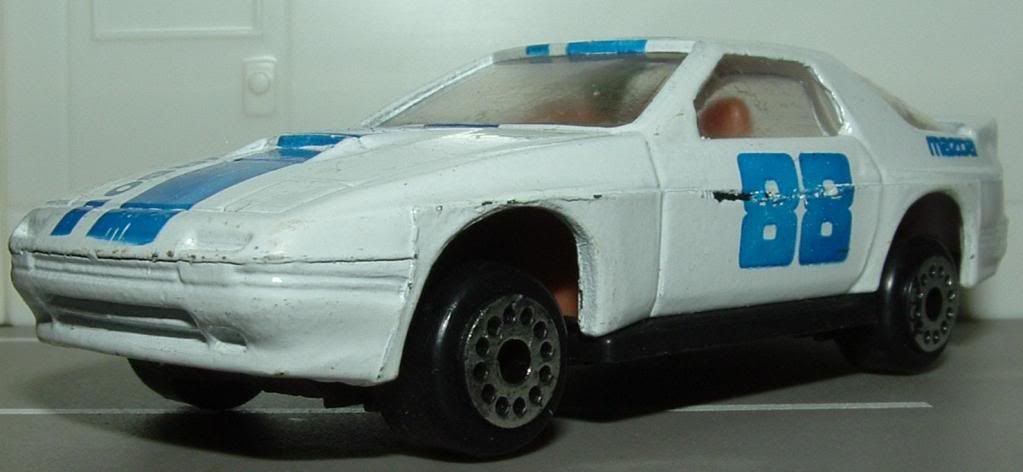
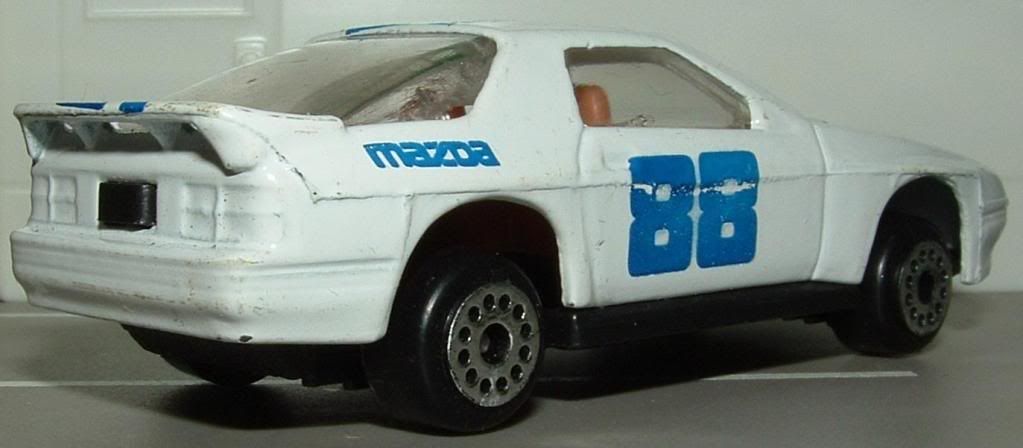
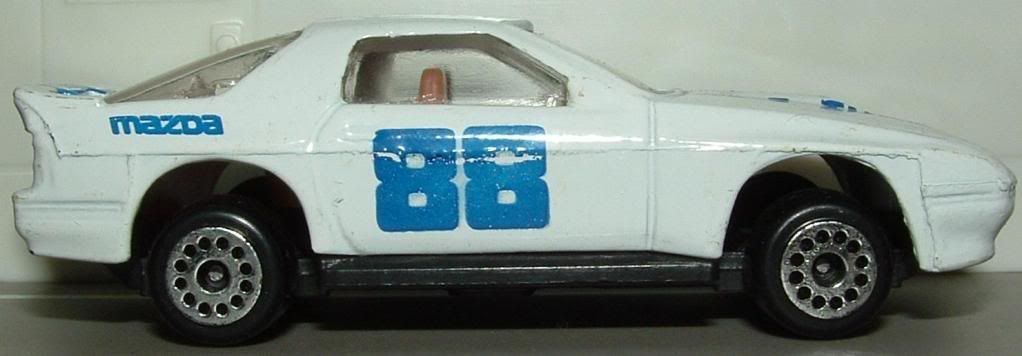
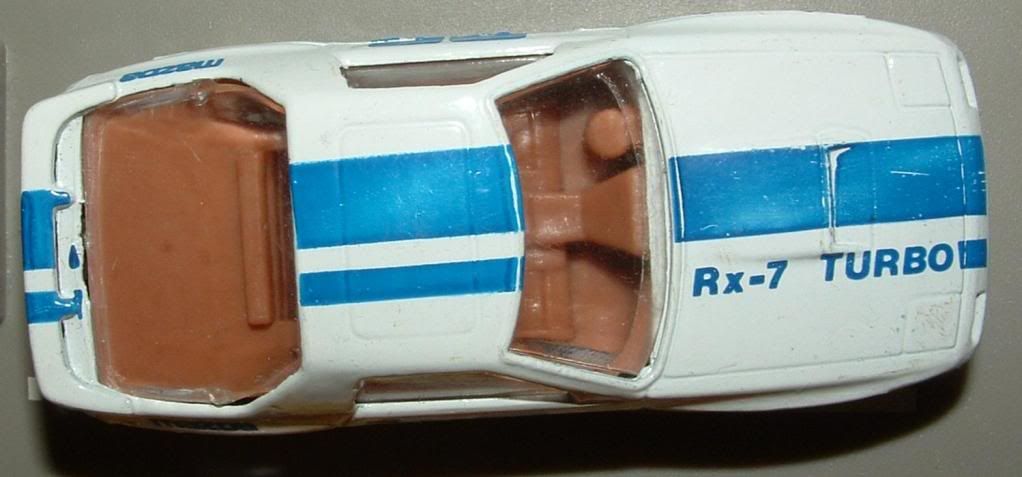
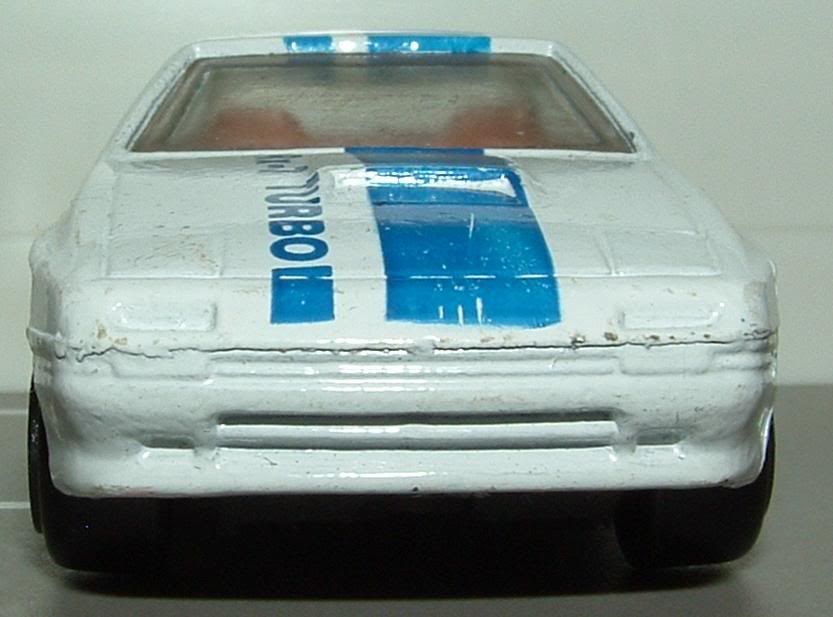
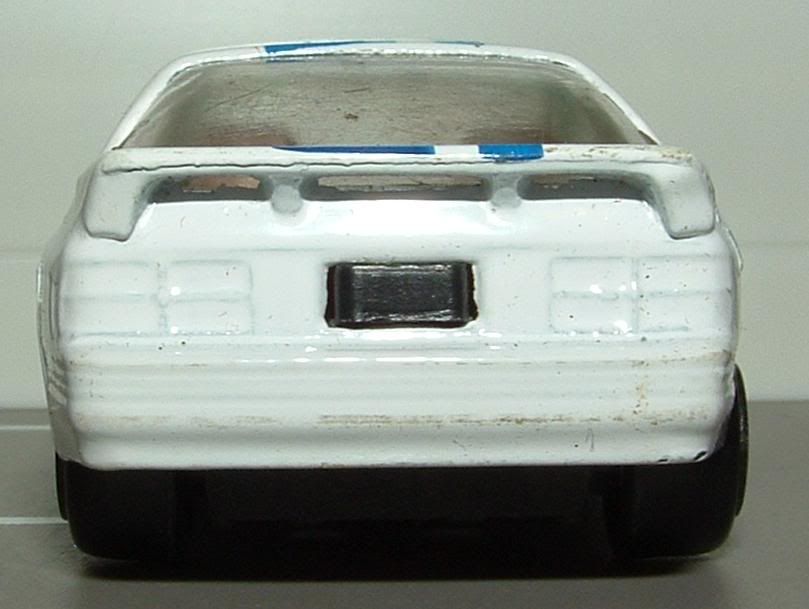
No comments:
Post a Comment